Understanding Concussions and Their Impact on Children
Concussions are a common type of mild traumatic brain injury that can occur in children through sports, recreational activities, or everyday falls. Recognizing the potential severity and lifelong impact of these injuries is essential for parents, coaches, and caregivers committed to keeping kids safe. This article explores effective strategies, safety equipment, and educational approaches to reduce concussion risks and ensure early detection and proper management when head injuries occur.
Fundamental Safety Guidelines to Prevent Concussions in Children
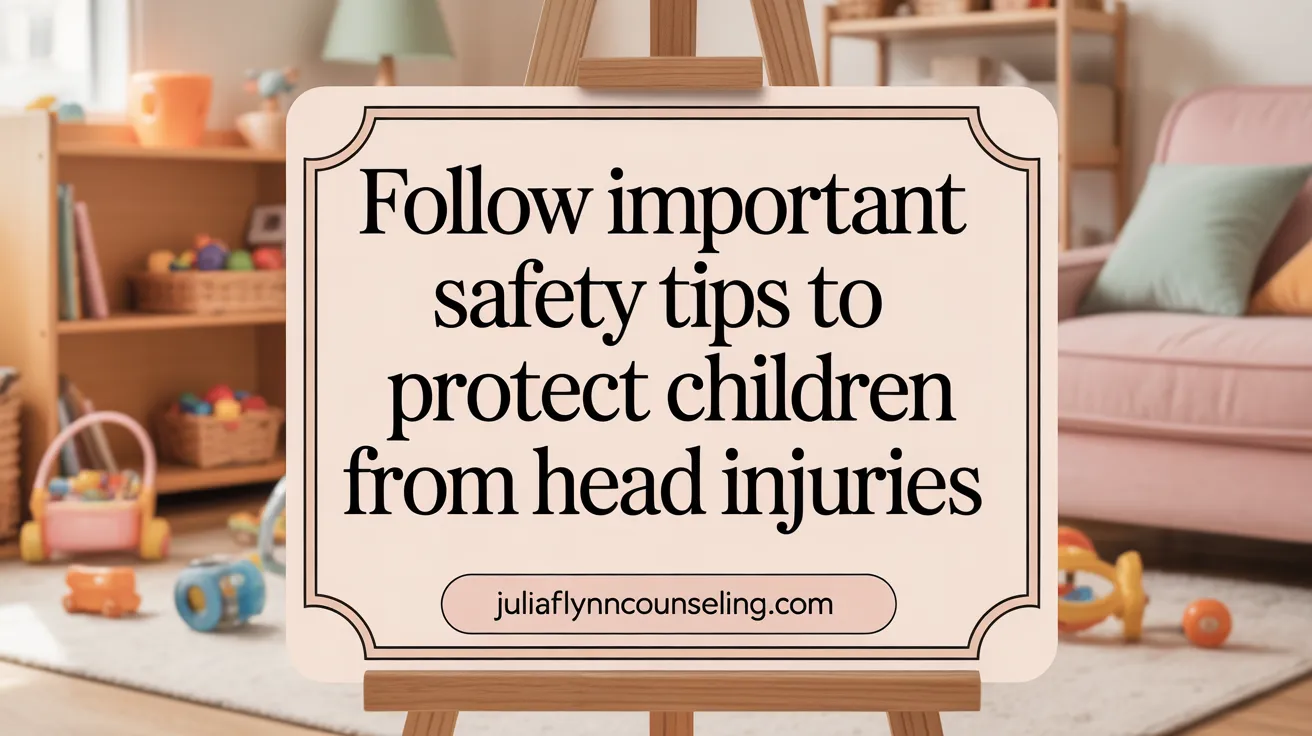
What are the general safety guidelines and precautions to prevent concussions in children?
Protecting children from concussions involves a combination of safety measures and awareness. Ensuring children wear properly fitted helmets during activities such as biking, skateboarding, skiing, or playing contact sports is essential. Helmets should be in good condition, and damaged gear must be replaced promptly.
Supervising children closely both at home and during play helps prevent accidents. Childproofing the environment is crucial; this includes securing furniture, installing safety gates at stairs, using window guards, and minimizing clutter to reduce fall risks.
In sports, rules should promote safe play. For younger children, limiting heading and avoiding dangerous collisions can significantly reduce injury risk. Coaches and parents need to work together to enforce these rules, teach proper techniques, and foster sportsmanship.
Children must be encouraged to report any head injuries immediately. Once an injury occurs, they should be removed from play and evaluated by a healthcare professional before returning to activity.
Creating safe play spaces with soft surfacing, such as mulch or sand, in playgrounds further lowers injury risks. Education about concussion symptoms enables quick action, ensuring proper treatment and preventing serious complications.
Altogether, these precautions form a comprehensive approach to maintaining children’s safety during everyday activities and sports, helping prevent concussions and ensuring swift response when injuries occur.
Promoting Safe Activities and Practices to Minimize Head Injury Risks
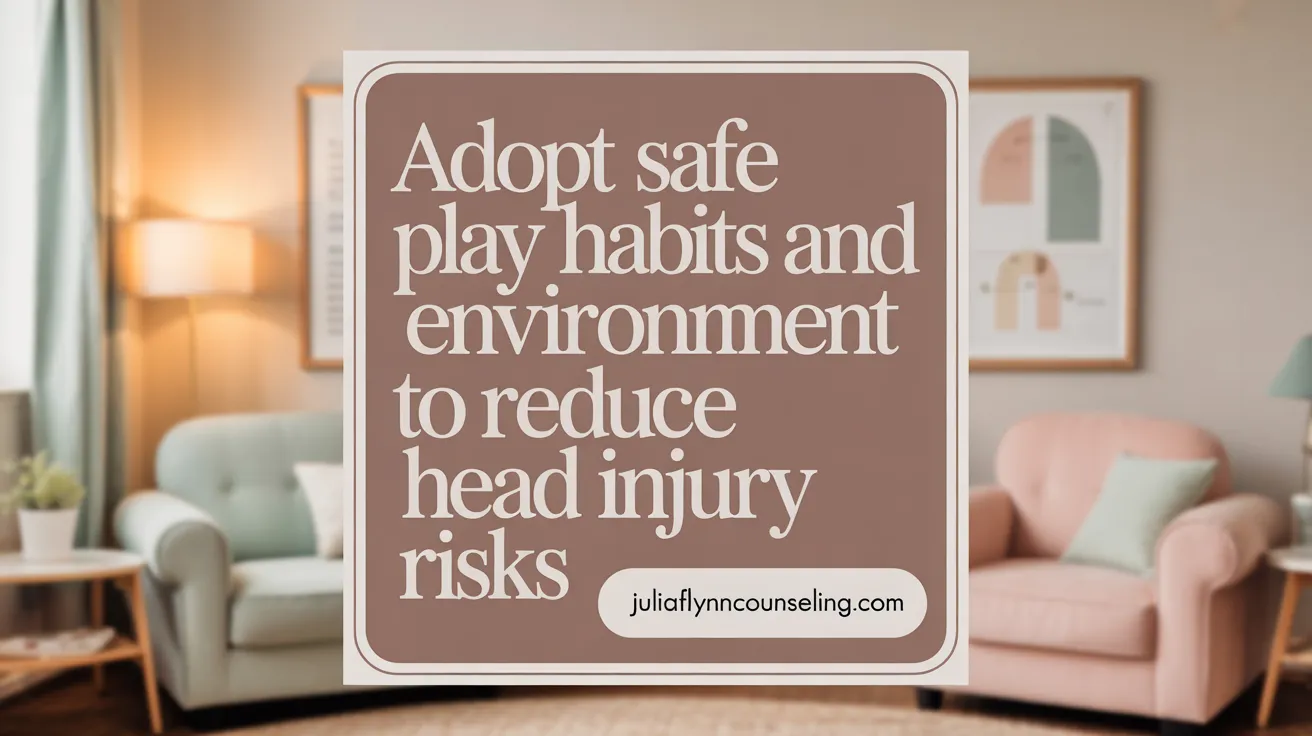
What safe activities and practices are recommended to reduce the risk of head injuries in children?
Creating a safe environment and promoting proper safety behaviors are essential in reducing head injury risks among children. Installing safety devices such as window guards, stair gates, and securing furniture can prevent falls at home, which are a common cause of traumatic brain injuries.
Children should wear helmets that fit correctly and are in good condition when engaging in activities like biking, skateboarding, skiing, or contact sports. Proper helmet fit and maintenance ensure optimal protection against skull fractures and serious brain injuries, although they do not completely eliminate concussion risks.
Using appropriate safety seats and seat belts during vehicle trips further safeguards children from head injuries in case of accidents. For playground activities, surfaces like mulch or sand under equipment help absorb impacts and prevent serious falls.
Teaching children safe practices is equally important. This includes proper tackling and heading techniques in sports, following safety rules like avoiding helmet-to-helmet hits, and respecting game boundaries.
Supervision plays a crucial role. Parents and caregivers should actively watch over playtime, enforce safety rules, and teach children how to call for help if they suspect a head injury.
Additionally, being vigilant for signs of concussion—such as headache, dizziness, irritability, or sleep disturbances—allows for early medical evaluation. Overall, fostering awareness and a culture of safety helps keep children protected during their active routines.
The Critical Role of Safety Equipment in Child Head Injury Prevention
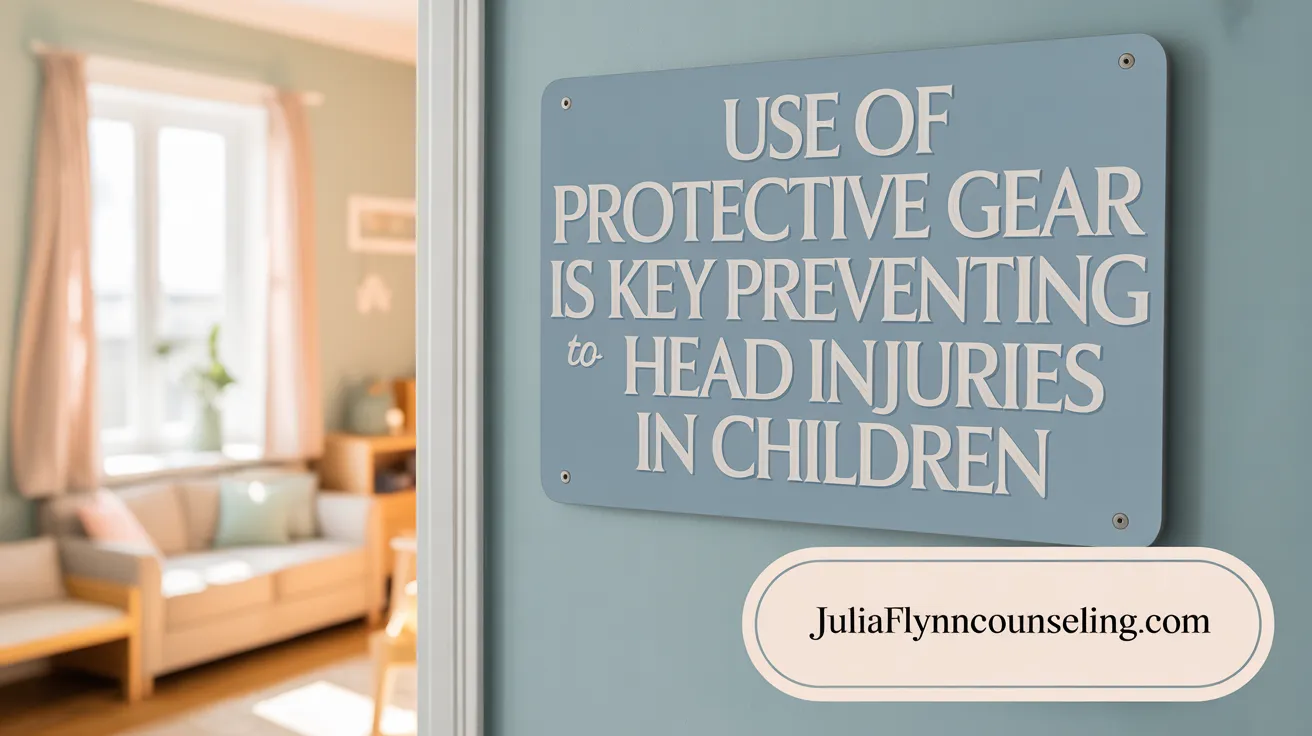
Why is the use of safety equipment important in children's activities, and what types should be used?
Using safety gear is essential for protecting children during play, sports, and everyday activities. Helmets and protective equipment act as a barrier to absorb and deflect impacts that could otherwise cause head injuries, including concussions and skull fractures.
For activities like cycling, skateboarding, skiing, and riding scooters, properly fitting helmets are critical. They should be in good condition and suited to the specific activity to provide optimal protection. Helmets help prevent severe brain injuries but do not completely eliminate the risk of concussion.
Beyond helmets, safety gear such as mouthguards, knee and elbow pads, and padding for sports like football or hockey can further reduce injury risk. In home and playground environments, features like window guards, stair gates, and shock-absorbing surfaces also protect against falls that can lead to head trauma.
Car seats and booster seats are vital safety components in vehicles, with proper use reducing the chance of head injuries during accidents. Ensuring all safety equipment fits correctly and is well-maintained enhances their protective effects.
Incorporating safety gear with safe play habits—such as teaching proper techniques, enforcing rules, and removing injured children from activity for assessment—forms a comprehensive approach to preventing head injuries.
Overall, the consistent use of appropriate safety equipment is a fundamental part of injury prevention, helping children enjoy activities while minimizing serious health risks.
Recognizing Concussion Signs and Symptoms for Timely Intervention
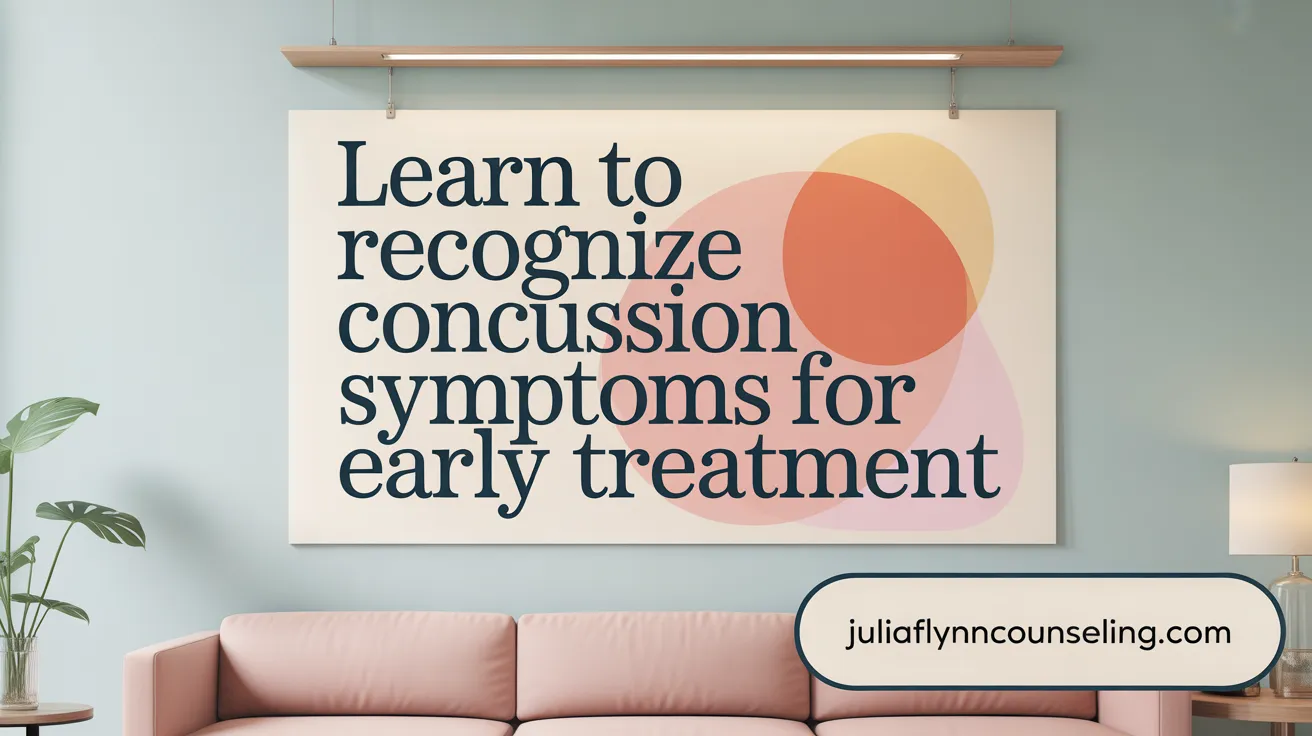
What are the signs and symptoms of a concussion in children that caregivers should recognize for early detection?
Caregivers should stay alert for a range of signs following a head injury. Common physical symptoms include headaches, dizziness, nausea or vomiting, and visual disturbances. Children might also be sensitive to light or noise, which should raise concern.
Behavioral and emotional cues are equally important. Changes such as irritability, mood swings, sadness, or increased anxiety can signal a concussion. Cognitive symptoms like confusion, difficulty concentrating, and memory problems are typical indicators. It is notable that children, especially infants and toddlers, might not verbalize their symptoms effectively.
Signs in very young children can include increased irritability, excessive crying, feeding difficulties, sleep disruptions, and unsteady movement. Importantly, not all children lose consciousness; some symptoms appear immediately after injury, while others develop gradually over the following days.
In cases of severe or worsening symptoms—such as seizures, repeated vomiting, difficulty waking, or abnormal pupil responses—immediate medical evaluation is critical. Recognizing these signs early can prevent further injury and facilitate proper treatment.
Strategic Roles for Caregivers, Parents, and Coaches in Concussion Risk Mitigation
What strategies can caregivers, parents, and coaches implement to mitigate risks of concussions in children?
Caregivers, parents, and coaches play vital roles in protecting children from sports-related concussions. One of the most effective strategies is education. They should ensure that everyone involved knows how to recognize concussion symptoms such as headache, dizziness, nausea, irritability, and sleep disturbances. Prompt reporting of these signs is essential.
Enforcing safe play rules and promoting proper techniques — like safe tackling in football or correct heading in soccer — can significantly reduce injury risks. Proper and consistent use of safety equipment, such as helmets that fit correctly and are in good condition, is crucial during activities like biking, skating, or contact sports.,
Supervision is another critical aspect. Children who sustain a head injury must be immediately removed from play for proper medical evaluation. They should not return to sports until fully cleared by a healthcare professional, following a graduated return-to-play protocol.
Creating a safety-first sports culture involves encouraging athletes to speak up about symptoms without fear of losing playing time. Coaches and parents should model this behavior, emphasizing health over competition.
Furthermore, delaying the start of contact sports until children reach adolescence or limiting full-contact practice at younger ages can further reduce concussion risk. Training programs that develop agility, balance, and awareness are beneficial before children engage in high-contact activities.
Implementing these strategies fosters a protective environment where safety is prioritized, helping to lower the incidence and severity of concussions among young athletes.
Enhancing Safety Through Concussion Education and Awareness
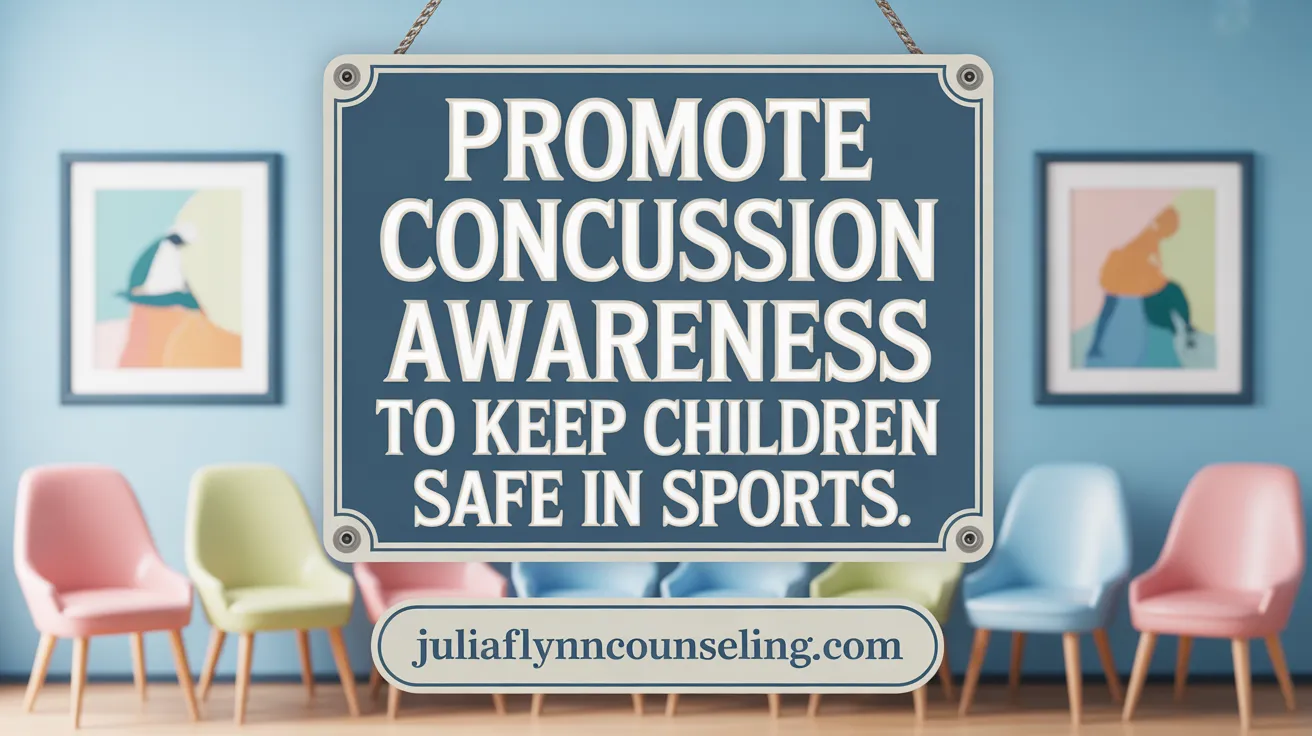
How can education about concussion risks, prevention, and management in children contribute to safety?
Teaching children, parents, coaches, and caregivers about concussions is vital to foster a safer sports and activity environment. Education helps improve the identification of concussion symptoms, encouraging prompt medical evaluation which can prevent serious complications like second impact syndrome.
However, educational efforts face challenges. While they can temporarily boost awareness and promote cautious behaviors, studies show these gains often fade over time. Knowledge alone isn't enough to change behavior, such as reporting symptoms or adhering to return-to-play protocols.
Psychosocial factors, cultural attitudes, and personal beliefs influence whether children and adults take safety messages seriously. For instance, some may underestimate concussion risks or fear being excluded from sports.
To be effective, concussion education programs must adopt engaging, age-appropriate methods. Using multimedia tools, interactive workshops, and real-life scenarios can help children better understand their risks.
Behavioral theories support the need for ongoing, multidimensional learning strategies. These should incorporate not just factual information but also motivational and behavioral skills training.
Sustained awareness efforts are essential. Regular reinforcement through schools, sports leagues, and community programs can help maintain safe practices.
In addition, combining education with practical measures—like ensuring proper equipment fit and enforcing rules—maximizes safety benefits. Ongoing education improves the knowledge base while addressing psychosocial barriers, ultimately making concussion prevention more effective.
Effective concussion education for children and caregivers involves consistent, age-appropriate learning activities that motivate behavioral change, leading to safer participation in sports and physical activities.
Building a Safer Future: Empowering Children and Caregivers Against Concussions
Preventing concussions in children requires a comprehensive approach combining proper use of safety equipment, creating safe environments, promoting responsible sports practices, and fostering education among all stakeholders. By understanding concussion signs, enforcing safety rules, and encouraging open communication, parents, coaches, and caregivers can significantly reduce the risk and impact of head injuries. Sustainable education programs and a culture that values health over competition ensure children enjoy active lifestyles safely. Ultimately, the collective efforts to implement these strategies help protect children’s developing brains and support their long-term well-being.
References
- Concussion Prevention in Kids and Teens
- Preventing Concussion | HEADS UP
- A Parent's Guide to Concussions
- Preventing kids' head injuries: Tips from a concussion expert
- How Can Parents Help Prevent Concussions?
- Concussion Prevention Tips for Families
- Concussions in Children & Teens: What Parents Need to ...
- Reduce Concussion Risk During Everyday Activities
- How to Prevent Concussions in Kids
- Concussion in Toddlers & Babies: Symptoms & Treatment
